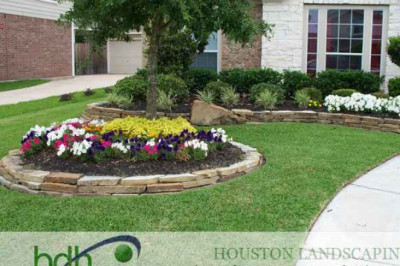views

The January, 2025 deadline for compliance with both SB721 and SB326 continues to draw near even for multifamily house - condominium and buildings with more than 3 dwelling units and residential property owners across California have other seemingly more important things to consider. Consequently, EEE Advisor aims to help businesses and families prepare and beat the deadline by getting them familiar with the inspection criteria and process to ensure compliance with the California Balcony Law.
Exterior Elevated Elements (EEEs)
The term emerged following the Berkeley balcony collapse and is now used in the law to mean structures, including their supports and railings, such as balconies, decks, porches, stairways, and walkways that extend beyond the exterior walls of the building and which have a walking surface that is elevated more than six feet above ground level., according to SB721.
SB326 on the other hand defines “Exterior Elevated Elements” as the load-bearing components together with their associated waterproofing system.
Load-Bearing Components
According to SB 721, load-bearing components are “those components that extend beyond the exterior walls of the building to deliver structural loads from the exterior elevated element to the building.” SB326 gives a more descriptive definition as components that extend beyond the exterior walls of the building to deliver structural loads to the building from decks, balconies, stairways, walkways, and their railings, all designed for human occupancy or use, supported in whole or in substantial part by wood or wood-based products, and associated waterproofing systems including flashings, membranes, coatings, and sealants that protect the load-bearing components of Exterior Elevated Elements from exposure to water.
Visual Inspection
According to SB721, the minimum requirements for inspection include “identification of each type of exterior elevated element that, if found to be defective, decayed, or deteriorated to the extent that it does not meet its load requirements, would, in the opinion of the inspector, constitute a threat to the health or safety of the occupants.”
SB326 defined visual inspection as “inspection through the least intrusive method necessary to inspect load-bearing components, including visual observation only or visual observation in conjunction with, for example, the use of moisture meters, borescopes, or infrared technology.”
One of the major challenges with compliance is understanding the terms, especially visual inspection, as required by law, which is where the team at EEE Advisor will be helpful.
The inspector for balcony inspection provides a written report that lists the components that have been checked and describes their condition. estimating the components' remaining functional life, any necessary repairs, and reporting any immediate dangers to occupants. The (sb-326) report will be incorporated into the HOA’s next reserve study and they will be required to keep at least two inspection cycles, that is, up to 18 years. If a board member of Homeowner association decides not to comply, nothing will happen until someone sues the HOA for noncompliance. However, if a building element fails and someone is injured, there could be severe liability for the HOA and board. The distinctions between the assessment of SB 721 and SB 326 are striking. The timeframe under SB 326 is at least once every nine years except for new common interest buildings, but for sb-721 subsequent inspections need to be completed by January 1st every six years thereafter. Also, SB 326 does not specify any fines; although, because the inspection report is incorporated into the reserve study, it will almost likely be subject to the same penalties as failure to comply with the Davis-Stirling Act. Local enforcement agencies have the ability to collect enforcement expenditures, according to SB 721 and SB 326.
Sample Size
Described as “the biggest divergence between the law meant for apartments and the law meant for Condos for HOAs,” sample size is defined by SB721 as “a sample of at least 15 percent of each type of exterior elevated element shall be inspected.” SB326 is a bit more elaborate, defining sample size as “a sufficient number of units inspected to provide 95 percent confidence that the results from the sample are reflective of the whole, with a margin of error of no greater than plus or minus five percent.”
Understanding the terms of the law and subsequently ensuring compliance can sometimes be a daunting task, especially for inexperienced engineers and even a property manager. Consequently, it is imperative to hire the best hands to ensure safety and of course, compliance.
For further information about SB-721 and SB-326 as well as other similar regulations and services offered by EEE Advisors, visit – www.EEEAdvisor.com
=#












